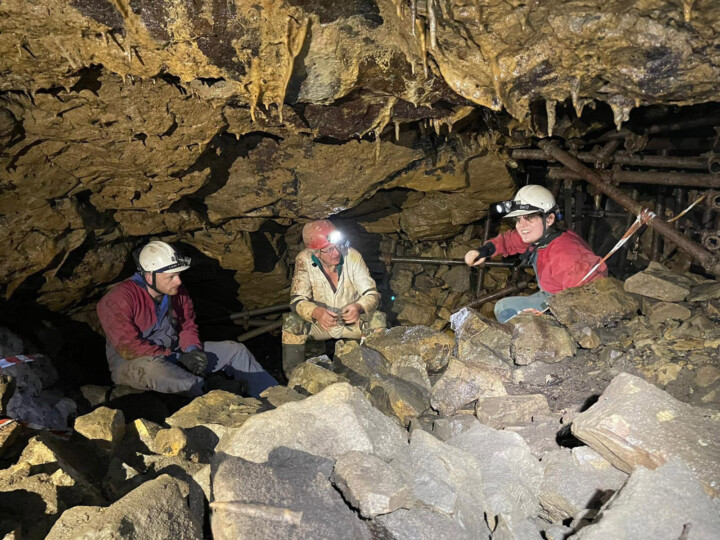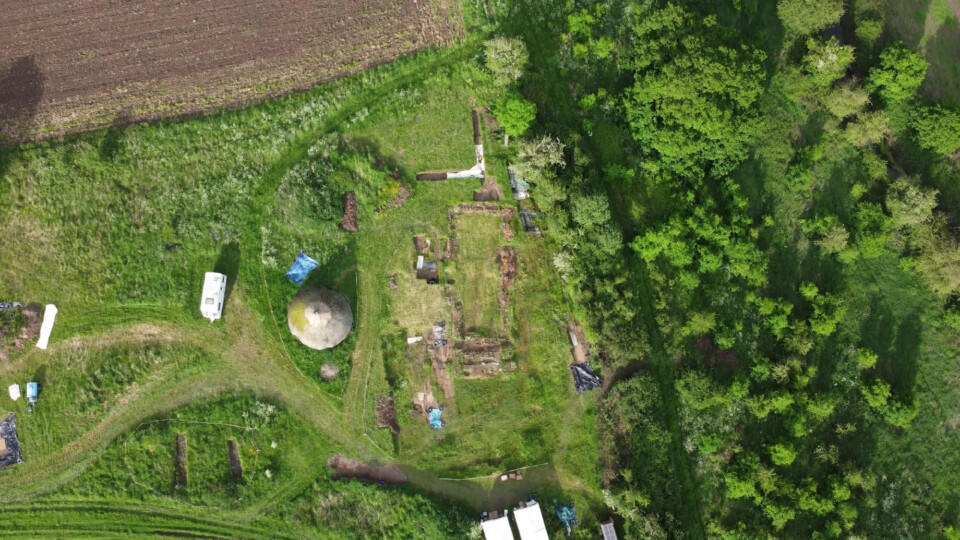Ancient DNA samples chart how fever-causing bacteria has evolved
Researchers at the University of Bradford have contributed to archaeological analysis which has found how ancient DNA for a type of bacteria which causes a fever has evolved.
University of Bradford has been collaborating with the Francis Crick Institute and UCL on samples of archaeological human bone for ancient DNA analysis.
Four samples from across England tested positive for Borrelia recurrentis, a type of bacteria that causes relapsing fever, a bacterial infection with recurrent fever episodes, caused by bacteria spread through the bites of lice rather than ticks.
These include from a female skeleton from Wetwang Slack (an Iron Age archaeological site in East Yorkshire), the site where University of Bradford archaeologists contributed.
The research found how relapsing fever spread from lice to ticks may have coincided with changes in human lifestyles, such as living closer together and the beginning of the wool trade.
Dr Jo Buckberry, from the University’s School of Archaeological and Forensic Sciences, said: “Here at Bradford we are experts at investigating diseases that alter bones.
“It’s really exciting to work with ancient DNA specialists, to identify diseases than we cannot see on the skeleton.
“As we celebrate Bradford 2025 and reflect on our role in the historic wool trade, it’s fascinating to know our archaeological research has contributed to the understanding of how the use of wool has changed the diseases affecting people in the past.”

Aerial view of the Canterbury site, where one of the Borrelia recurrentis samples was found (Image credit: Canterbury Archaeological Trust)
What is Borrelia recurrentis bacteria?
Borrelia recurrentis bacteria cause relapsing fever, an illness with many recurring episodes of fever, which is typically found today in areas with poor sanitation or overcrowding, such as refugee camps. It is a distant cousin of the bacteria that today cause Lyme disease.

Painted glass fragment from the Canterbury site, where one of the Borrelia recurrentis samples was found (Adelina Teoaca, Canterbury Archaeological Trust)
How samples were found
Scientists sequenced the whole genome (an organism’s complete set of DNA) from four samples of Borrelia recurrentis. Ranging from 2,300 to 600 years ago, their samples include the oldest Borrelia recurrentis genome to date.
The samples, dating back to Medieval and Iron Age periods, were obtained from the skeletons of infected people. The DNA was captured in bones and teeth from samples found in Canterbury, Kent; Poulton, Cheshire; South Gloucestershire and Wetwang Slack, whose remains are on long-term loan to Zion from Hull and East Riding Museum.
Researchers looked at differences in the ancient and modern-day Borrelia recurrentis to map how the bacteria have changed over time. They found the species likely diverged from its nearest tick-borne cousin, B.duttonii, about 4,000 to 6,000 years ago.

Archaeologists in the Bone Idle Chamber of Fishmongers Swallet, where one of the Borrelia recurrentis samples was found (Adelle Bricking)
The study also found a change from the bacteria’s transmission from ticks to lice happened during the transition from the Neolithic, or New Stone Age, period to the Early Bronze Age.
Pontus Skoglund, Group Leader of the Ancient Genomics Laboratory at the Francis Crick Institute, and co-senior author, said: “Understanding how bacteria such as Borrelia recurrentis became more severe in the past may help us understand how diseases could change in the future.
“The time points we’ve identified suggest that changes in human societies such as new clothing material or living in larger groups may have allowed Borrelia recurrentis to jump vectors and become more lethal, an example of how pathogens and humans have co-evolved.”

Dr Jo Buckberry, from the University’s School of Archaeological and Forensic Sciences (University of Bradford)

